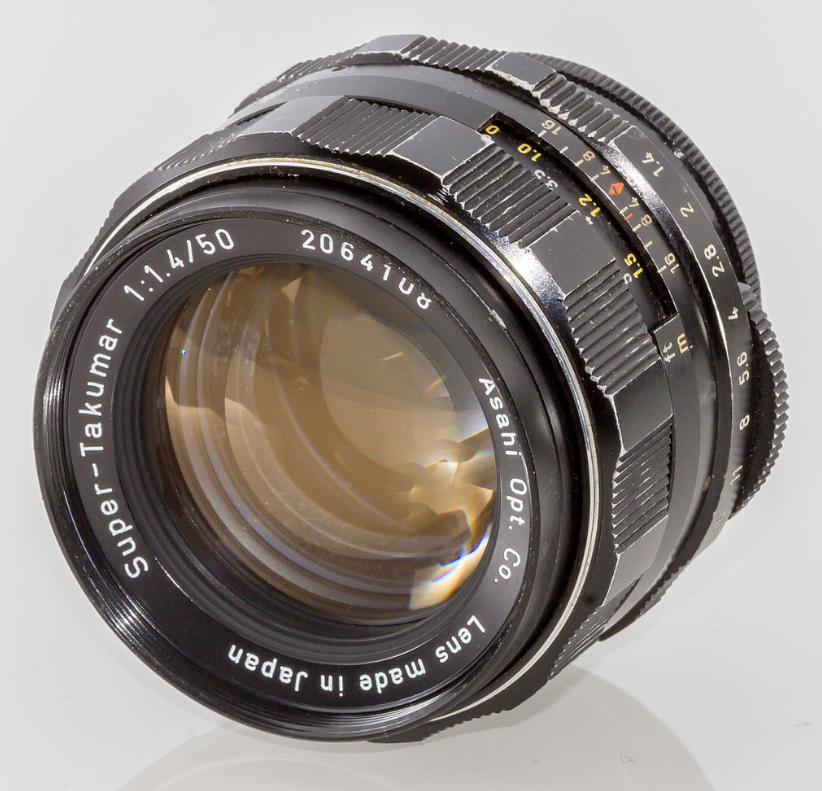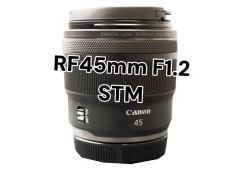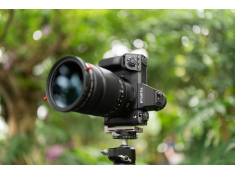Ultimate Guide:Why Do Old Camera Lenses Have a Yellow Color?
Wednesday 09 October 2024
 2.0k
2.0k
 Reproduction without the author's authorization is prohibited
Reproduction without the author's authorization is prohibited
Old camera lenses, particularly from the mid-20th century, often develop a distinct yellow tint over time. This characteristic is commonly observed in lenses like the legendary Takumar series from Asahi Pentax. The yellowing effect is not merely cosmetic but has interesting causes rooted in both the production processes of these lenses and the materials used in their construction. The reasons can generally be divided into two main categories: vintage lens coatings or glass composition, and the natural aging of these materials.
Reason 1: Vintage Lens Coating/Original Glass Color
One key reason for the yellow tint in old lenses like the Takumar series is related to the materials and coatings applied during their manufacturing. Takumar lenses, produced in the 1960s and 1970s, were renowned for their optical quality, and part of this quality came from specialized coatings that improved light transmission and reduced reflections. These coatings, often made from compounds that could degrade over time, are known to develop a yellowish hue as they age. This wasn't initially a defect but a feature to reduce glare and enhance contrast. However, with decades of exposure to air and light, these coatings became more susceptible to discoloration.
In some cases, the yellowing was due to the original glass itself. Many lenses in this era, including certain Takumar models, used glass that contained rare-earth elements like thorium. These elements were chosen because they offered superior optical clarity and reduced chromatic aberrations, but they also had a faint natural yellow tint. This was an inherent part of the lens design and was seen as beneficial to image quality at the time, as it contributed to warmer tones and softer contrasts in the final images.

Reason 2: Camera Lens Coating/Aging Glass
Another significant factor in the yellowing of vintage lenses like the Takumar is the natural aging of the materials used, particularly when thorium was involved. Thorium-infused glass has a slight radioactivity, which over time leads to a change in the molecular structure of the glass, resulting in the pronounced yellowing. This radioactive decay is slow and doesn’t pose harm to users but does affect the visual characteristics of the glass. The longer these lenses are exposed to light, the more noticeable the yellowing becomes.
Takumar lenses, particularly the 50mm f/1.4, are well-known examples of this phenomenon. Over time, many photographers noticed that their Takumar lenses developed a deeper yellow tint. While this yellowing alters the way the lens renders colors—often giving images a warm, vintage look—many photographers embrace it for the unique aesthetic it creates. Some opt to reverse the yellowing by exposing the lens to ultraviolet light, which can help reduce or eliminate the discoloration caused by thorium decay. However, for many vintage camera enthusiasts, the yellow tint of lenses like the Takumar is part of their charm, adding character to both the equipment and the images they produce.
Conclusion
Although UV light can help reduce the yellowing of lens tint, be aware that most vintage lenses are designed for film cameras. Unlike modern CMOS sensors, film is easily affected by UV light, and this effect is usually irreversible. Therefore, if you want to use a film camera or want to protect the surface coating of your camera lens, you can purchase Protection & UV Control Filters for your lens to reduce the impact of UV light on film and lens.
Statement: all contents and remarks made by K&F CONCEPT 's intranet friends only represent themselves and do not reflect any K&F CONCEPT 's opinions and views.
-
 Will the Nikon Z9 Ⅱ not be released this yearWednesday 05 November 2025
Will the Nikon Z9 Ⅱ not be released this yearWednesday 05 November 2025 -
 Sony to Launch Multiple New Products at Two Recent EventsTuesday 04 November 2025
Sony to Launch Multiple New Products at Two Recent EventsTuesday 04 November 2025 -
 Canon RF 45mm F1.2 STM is about to be releasedMonday 03 November 2025
Canon RF 45mm F1.2 STM is about to be releasedMonday 03 November 2025 -
 Shaping Light at 102 Megapixels: How the VND 2–32 and CPL Filters Perform on the Fujifilm GFX100 II + GF45-100 mm F4Monday 03 November 2025
Shaping Light at 102 Megapixels: How the VND 2–32 and CPL Filters Perform on the Fujifilm GFX100 II + GF45-100 mm F4Monday 03 November 2025 -
 Panasonic Lumix S1H II Camera Appearance SpeculationFriday 31 October 2025
Panasonic Lumix S1H II Camera Appearance SpeculationFriday 31 October 2025






